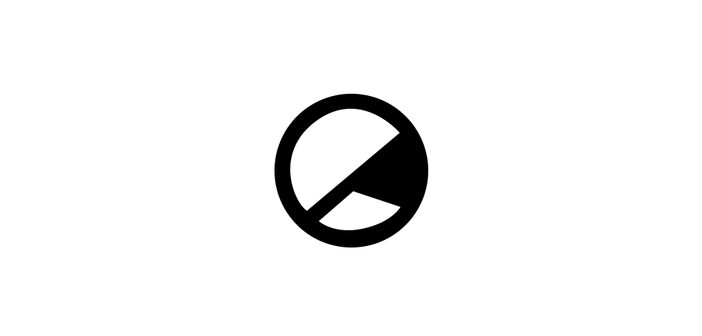Books are a form of artistry, from the conception of the words on a page to their narratives, characters and even initial front cover design – there’s something beautiful about the entirety of a book. While leafing through the recesses of a library or bookshop, searching for that one title that stands out to you, most readers are initially attracted by two things: the title and the book’s front cover. Yet, something feels cheated when a book’s original design is swapped for a movie-tie in cover, obliterating an element of its uniqueness and shortchanging it for commercial success. In the process then, a movie-tie in cover often leads to a book losing its character and own unique identity at the same time.
Look at the original front-cover design for The Book Thief, which has a young girl dancing with Death above the title of the book. It’s simple but beautiful, capturing an important element of the book’s narrative without complexifying it. There’s something striking about it that pulls a reader in as they clamber to read the blurb or turn to that front page. Because of its uniqueness, it makes us want to read it, an example of what any good book cover should do. Yet, in 2013 after the release of the film, the old cover was traded for a movie-tie in version, featuring actress Sophie Nélisse holding a book with a fire behind her. What was once ambiguous and enthralling suddenly hits with the subtlety of a sledgehammer and it mars a feeling of authenticity to the book’s original design. Instead, the cover is warped to meet mainstream commercialism to make it easier to find for movie-goers, but this often hinders the book rather than celebrating it. Instead, the visuals of its adaptation take precedent.
Take other beautiful books like The Octunnumi that embodies every element of the idea that a book is a form of artistry. From its front cover’s elegant sweeping font, ribbed patterns and glossy black sheen – everything about the book screams to grab your attention. In its own way, it’s mysterious, perfect for the world contained within its pages and no photo editing in photoshop could ever quite capture what’s about to unfold in the pages you turn. The whole conception of The Octunnumi is built around the idea of reading as an experience, not just about words on a page but about how the page interacts with the text and in its own way and it’s a modern visual text. If The Octunnumi was ever adapted for TV or Film, you could never capture the elegance of its original design in a photo stuck haphazardly with a title over the top. It would lose a key component of its design that actually encouraged many people to buy it in the first place.
Yet front-covers also tie in with other design features of books. In John Connolly’s The Book of Lost Things, the spindly thorns depicted on the cover are the same type that underlines each chapter of the novel. In Terry Pratchett‘s Discworld novels, the grotesque and contorted figures on the front covers all thematically fit within the design of the 40+ other novels that exist within the series. Without the front-cover setting of the theme, other design choices would feel random and redundant, becoming the deciding factor on whether these initial designs are kept or are equally scrapped in favour of the movie-tie in cover.
As a rule of thumb, the initial design of a book is always the best design. It often captures everything the author intends and isn’t swayed by outside influences that warp books to suit their own needs. In an industry over-saturated, having a unique book cover is a way to stand out, and adopting the movie-tie in version feels like a cheap alternative to cash in on a film’s success.



